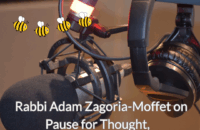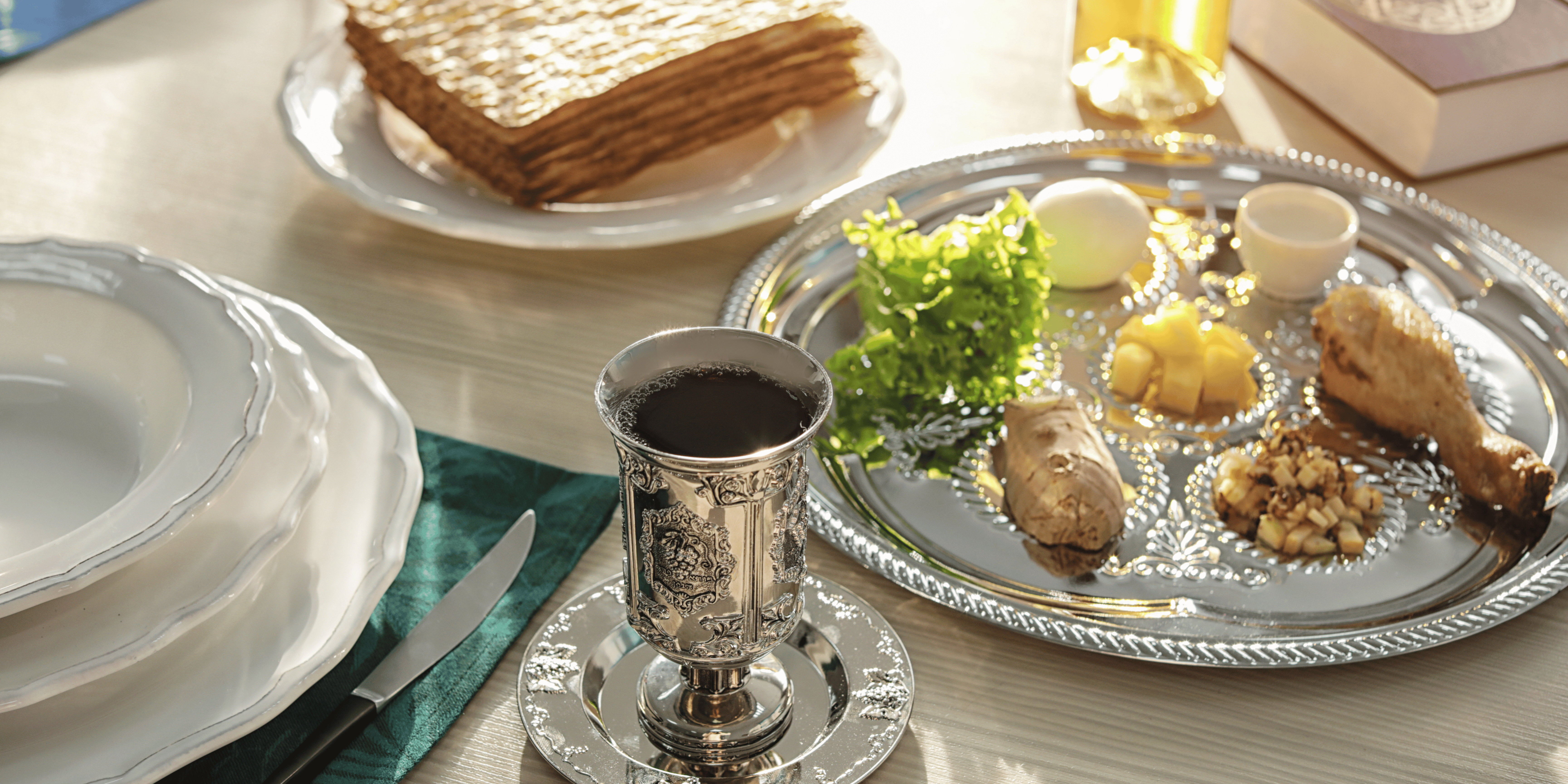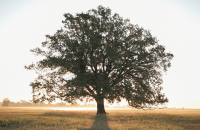Accepting Change and the High Holy Days

When her majesty the Queen passed away last week, I was more upset than I had expected to be.
I had thought that I knew it was inevitable, I thought that it wasn’t something I felt particularly close to – yet when the time came I experienced a real sense of loss. When I tried to put my finger on how I was feeling, I realised that I was feeling instability, like the world had just changed dramatically underneath my feet.
Like most of us in the community, I have never known a world without a queen. Her presence felt like a solid fact about the universe, like death and taxes. I know that there is a large diversity of thought in our community, both about the Royal Family as an institution and as individuals, but her permanence in the British psyche is hard to argue with. We might have had Brexit and Covid, years with huge amounts of social change, but the queen was still there throughout.
And now she isn’t.
Over the days since her death, I keep thinking of small and large ways in which our daily experience will now change. All our money will be different. The post boxes are out of date. I know longer can sing the national anthem without thinking about the words. Our country is changing.
Rosh Hashanah and Yom Kippur can also give us the illusion of stability.
They come around every year, and many of us go through familiar rituals – synagogue rites, family routines, and individual habits. We recite the same words, we plan to have festival meals and familiar dishes. We complain that the festivals are early this year, or that they’re late. It’s easy to feel like we’re back on comfortable ground in a world that’s full of change.
And yet if the years of Covid have taught us anything, it’s that everything can change with the blink of an eye. It’s only this year that we’re fully able to get back to our community routines of the High Holy Days, after two strange years of social distancing and masking.
The truth is that we never come back to the same High Holy Days. As Heraclitus might have said: “you can never throw bread in the same river twice.”
The word for ‘year’ in Hebrew is ‘Shanah’ and it has two meanings that are in tension with each other. It can mean to repeat, and it can mean to change. Each new year is always both – a repetition and a deviation.
We felt that change altogether in 2020, but individuals feel it all the time. As Rabbi Rachel Barenblat wrote in her blog (velveteenrabbi.com) in 2013:
“Sometimes change foists itself on us, ready or not. Major health crises can do that. So can parenthood. Getting, or losing, a job can precipitate change. All kinds of things can. But I think if we’ve already accustomed ourselves to the constancy of change, then when changes come along they’re not so terrifying. Just as when we’ve already accustomed ourselves to recognizing that there’s something in the universe greater than ourselves, sudden moments of awareness which bring that recognition to the fore aren’t so overwhelming.”
Change is the only constant.
Masorti Judaism recognises this fact as foundational to what it means to be Jewish. The Torah is not a dry text from centuries ago, written down and preserved forever, but a living text with a history, whose reception continues today and forever. We understand that it isn’t our job to freeze Judaism as it was in any random century, but to continue to breathe life into it by adapting it – to change Judaism is the only authentic way to be Jewish.
Judaism is change, Torah is change. God too is change – that’s the only way we can experience the infinite in our finite and limited universe.
Rosh Hashanah and Yom Kippur are about facing up to the reality that everything changes. We read in the Musaf prayer about the uncertain fates that await us: “who will live and who will die”. We recognise that life is uncertain, and there is no stability – only resting places along life’s journey.
And yet, as a great philosopher once said, “a thing isn’t beautiful because it lasts” (it was the superhero Vision in the 2015 movie Avengers: Age of Ultron).
As soon as Yom Kippur ends, we move on to prepare for Sukkot. We build fragile sheds, decorate them with fruit and live in them. Sukkot is a celebration of the transitory – the walls are thin, the rain has to be able to get through the roof, the decorations are bound to fall and start to rot, but that is what makes it meaningful, and beautiful.
After Yom Kippur we might be depressed that death is inevitable and everything changes – Sukkot comes to teach us that this can be a source of great joy. The entire world is a leaky Sukkah.
Rabbi Barenblat concludes: “Change is always coming. The best tools I know for dealing with change are the best tools I know for dealing with life. Compassion, kindness, plenty of sleep, good hot showers, hugs, prayer. Patience with yourself when you screw it up. Willingness to try again. And again. And again.”
While we’re alive there is profound joy to be found in the fragile, beauty in the transient. Let’s find that joy and beauty again and again.
Roni Tabick is the rabbi of New Stoke Newington Shul. Click here to learn more about the community.




